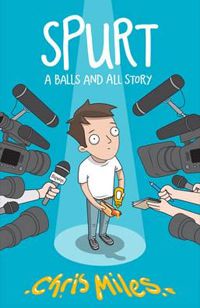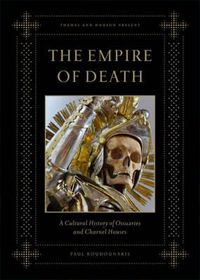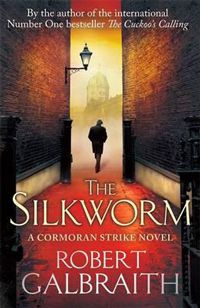Each week we bring you a sample of the books we’re reading, the films we’re watching, the television shows we’re hooked on or the music we’re loving.
Emily has several books on the go
I’ve got several books on the go at the moment. Over the weekend I inhaled The Jewel by Amy Ewing (due September), which went completely against my usual habit of by-passing novels that feature an elaborate dress on the cover. The Jewel is quite addictive! Roughly speaking it’s similar to The Handmaid’s Tale in theme but far less demanding. That’s not a slight, by the way; much as I loved Margaret Atwood’s novel I really enjoyed The Jewel as an escapist read and I think it’ll be really popular with teens come September.
Spurt: A Balls and All Story by Chris Miles is also very entertaining. It’s about a Year 9 boy who is feeling so left behind puberty-wise that he goes completely overboard trying to convince his school mates that there is stuff going on ‘down there’. He’s not as dysfunctional as Adrian Mole but makes comically foolish decisions, which results in some hilarious scenes and great one-liners. Kids from around Year 6 and up will enjoy this.
For the younger reader, look out for Bully on the Bus by Kathryn Apel, which has had me choked up. I know verse novels sometimes scare people off but this one is worth a try; Apel has a real talent for conveying realistic scenes in very few words.
Finally, I’ve just picked up The Astrologer’s Daughter by Rebecca Lim, her new YA novel due out next month, and already I’m in love with it. The writing is really strong and the opening is a gorgeous but ominous reflection of a mother by her daughter, which reminded me a little of the fantastic opening chapter of Vikki Wakefield’s Friday Brown. I can’t wait to crawl into my cave and finish devouring this one.
Gerard is reading The Empire of Death: A Cultural History of Ossuaries and Charnel Houses by Paul Koudounaris
I’ve recently been revisiting Paul Koudounaris’ stunning photographic cultural history of ossuaries, Empire of Death. Part of Koudounaris’ project is showing how the obsessive fear of death is a largely Western construct.
Take his example of the Malagasy people of Madagascar and their Famidihana, or Turning of the Bones, rite: a deceased family member is disentombed and swathed in a handsome fresh shroud. Then, the party begins. A live band strikes up and surviving family and friends dance with the deceased, who is later given a place at the celebratory table. It might seem ghoulish, but to the Malagasy, it is anything but. The Famidihana is not just a crucial means of commemorating the dead, but of ensuring ancestral histories bridge generational divides. Far from dwindling in the abstract realms of memory and anecdote, the departed remain tangible presences in the lives of the living – an inverse application, perhaps, of the maxim ‘out of sight, out of mind’.
Quite beautiful, I think.
(Gerard is the convenor of St Kilda’s non-fiction bookclub. Find out more )
Bronte is reading The Silkworm by Robert Galbraith
Being completely honest, I probably wouldn’t have read this series without the fact that Galbraith is actually J.K. Rowling. But this fact didn’t lessen my enjoyment one iota! I had such a terrifc, wonderfully addictive time reading both books. As several reviewers have noted, Rowling’s not attempting to break new ground here, but is instead ‘playing to form’ and to my thinking - she does a great job of this. Both The Cuckoo’s Calling and The Silkworm are richly plotted and darkly funny, in the very best tradition of the British detective novel. In the latter, the crime happens in the midst of the literary and publishing world and I feel like Rowling had a lot of fun with this setting – a sense of fun that translates well to the reader.
My only complaint is that I frequently felt uncomfortable with the way women were portrayed. Aside from some notable exceptions – including Cormoran’s assistant Robin (who I like almost as much as Hermione) – the female characters often felt like stereotypes to me: bitterly jealous spinsters, hauntingly beautiful and deeply destructive exes, desperate-for-a-man divorcees, silly and flirtatious young girls. Certainly, a lot of male characters also come across as negative stereotypes too – the majority of Cormoran’s cases seem to be following unfaithful husbands – but for some reason I found the books as a whole much more damning toward women.
This said, I’d still highly recommend the series to anyone seeking an escapist, page-turning read. Rowling’s ability to build a story and world is just as evident here as with the Harry Potter series, albeit within the confines of reality.





